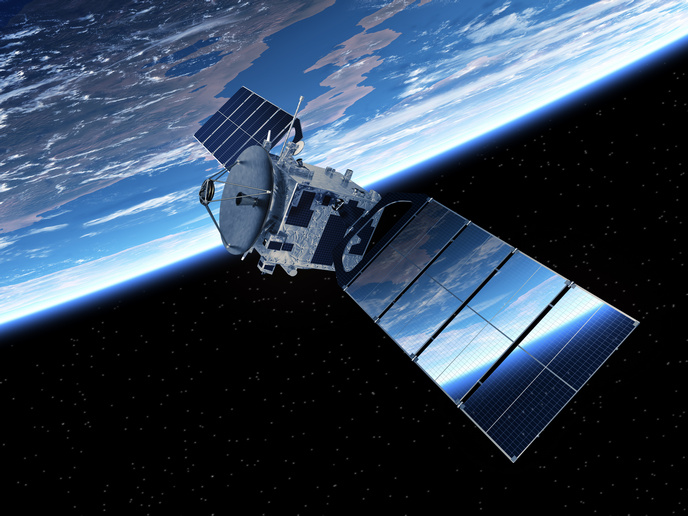Reusable rocket technology boosts Europe’s space capabilities
Modern satellites can be used for a myriad of applications, from space photography and telecommunications to the internet of things. A reduction in manufacturing and launch costs has also led to a boom in operations, with the private sector playing an increasingly important role. “Instead of having a few large, expensive satellites, the sector is moving towards hundreds of small, interconnected satellites in large constellations, fulfilling a range of purposes,” explains RRTB(opens in new window) project member Xavier Llairó, CCO at Pangea Aerospace(opens in new window) in Spain.
Recovery and return-to-base technology
However, while many experts expected lots of small satellite launches to be taking place every year, the number of actual deployments has been less than anticipated. A key reason for this has been a lack of cost-effective launch options. To better meet this demand, the EU-funded RRTB project sought to make small satellite launches more efficient and economically viable. At the core of this was the concept of reusability, which the team recognised as a key element to increasing launch frequency and decreasing costs. “Our focus was on designing recovery and return-to-base technology, which would enable the cost-effective launching of small payloads with high frequency into dedicated orbits,” says Llairó. The project team studied and simulated the re-entry of launch vehicles. They also examined the capabilities of an aerospike engine(opens in new window), to act as an actively cooled heat shield that wouldn’t add weight to the launcher system. The project also looked at possible designs for reusable launch vehicle cryogenic propellant(opens in new window) tanks.
Hypersonic re-entry without burning
The final proposed small launch vehicle concept incorporates several of these novel innovative ideas. These include a reusable first stage powered by an aerospike engine, designed to make the vehicle 15 % more efficient than using traditional engines. The engine also works as an aerodynamic decelerator for re-entry. “We discovered that this ‘aerospike’ nozzle facilitates passive atmospheric re-entry without engine ignition, due to its geometry and cooling system,” adds Llairó. “This effectively acts as an actively cooled heat shield.” Hypersonic re-entry without burning could be a crucial factor in reducing launch costs, and the RRTB team believe this could have a significant impact on the small launchers industry. “Space X for example ignites three engines during the entry burn that lasts for 18 seconds,” notes Llairó. “Each of the three engines consumes 305 kg of propellant per second, equating to a total of 16.5 tonnes for this single manoeuvre. This entry manoeuvre alone reduces the payload capacity by 1.65 tonnes.” Passive re-entry without igniting the engines could therefore lead to significant cost savings, and provide extra payload capacity – critical considerations for small satellite launches. The project also studied using parachutes as a recovery technique. This would enable ground teams to retrieve the vehicle and reuse it with minimal refurbishment required.
Progress in reusable launch vehicle design
The RRTB project’s results have helped to push forward progress on designing reusable launch vehicles, and highlighted critical considerations that need to be taken into account. Next steps include building on several of the key technologies, such as the re-entry decelerator device, cryogenic insulation, thermal protection systems and cryogenic tanks. “We also carried out an economic analysis, taking into account efficient reusability, refurbishment and re-flight,” says Llairó. “With these results, Europe is one step closer to creating sustainable and fully reusable launch vehicles, which will help to address the booming satellite market.”







